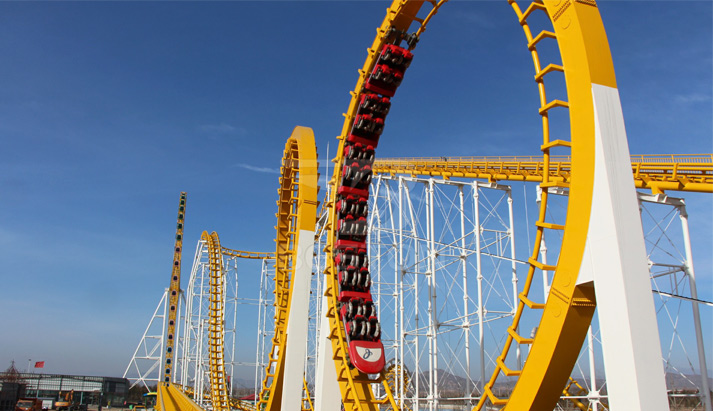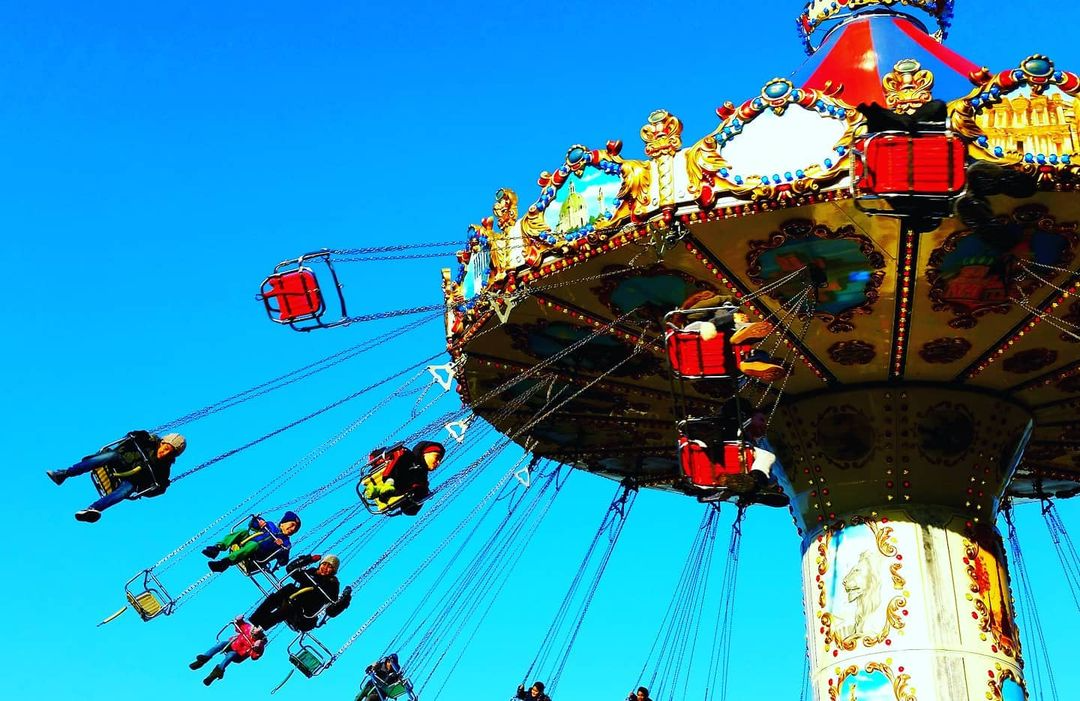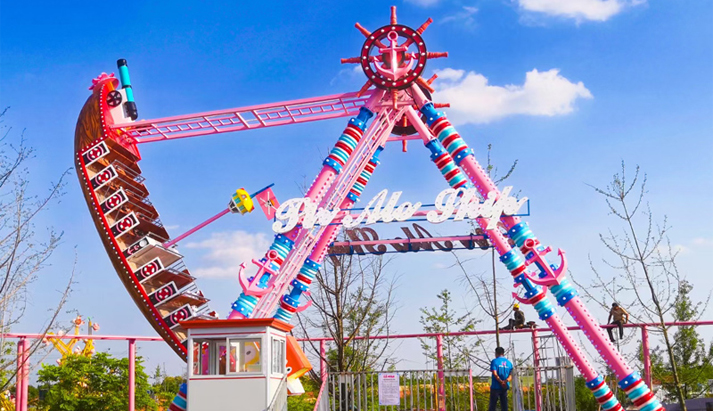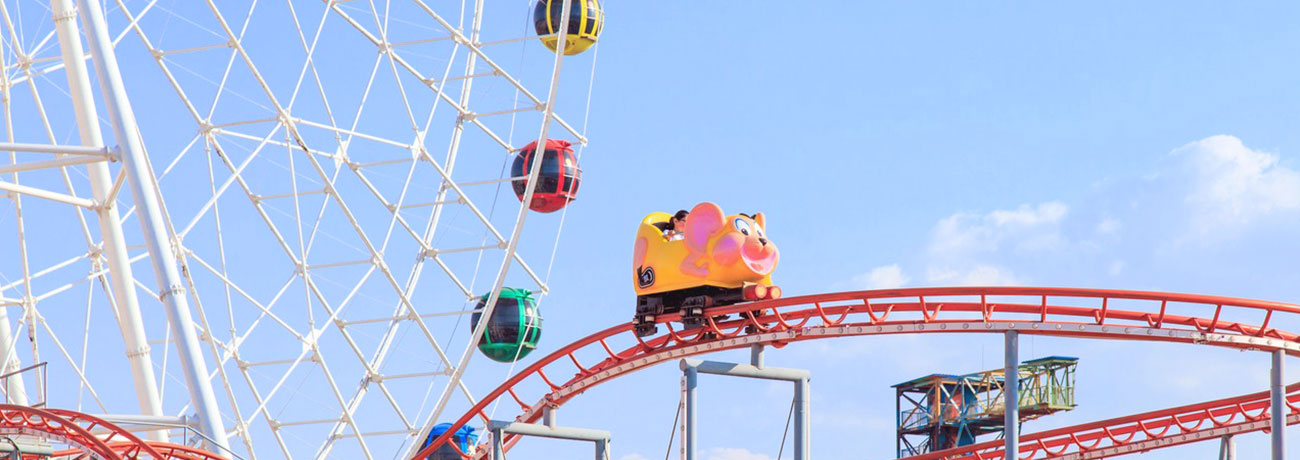In recent years, the amusement industry has witnessed a paradigm shift in the way families engage with theme parks and entertainment venues. Traditional thrill rides, once dominated by extreme sensations and adrenaline-seeking individuals, are now being complemented by a new category of attractions—parent-child interactive rides. These experiences emphasize shared enjoyment, emotional connection, and participatory play between parents and their children. The transformation reflects a broader social trend toward meaningful family recreation, where interaction replaces passive observation and collective memory outweighs solitary adventure.
Shifting Consumer Dynamics
The evolution of visitor demographics has been pivotal to this change. Families today prioritize bonding activities over individual thrills. Parents seek safe yet engaging experiences that allow them to participate alongside their children. This demand has driven manufacturers and park developers to rethink design philosophies, focusing on inclusivity, cooperation, and narrative immersion.
Modern amusement environments have moved away from purely mechanical spectacle toward interactive storytelling. The presence of rollercoaster design principles tailored for dual participation is one such example. Engineers now balance velocity, height, and motion dynamics to ensure both excitement and comfort. Instead of emphasizing extreme acceleration or inversions, these coasters integrate synchronized motion systems and ergonomic seating arrangements that cater to multi-generational riders.

Technological Integration and Ride Design
Advancements in ride technology have played a defining role in the rise of this trend. Sophisticated control systems, responsive hydraulics, and modular construction techniques allow designers to adapt traditional formats into interactive experiences. For instance, the chair swing ride, once a simple rotational attraction, has been reimagined with dual-seating configurations and responsive motion patterns. Parents and children can now swing side-by-side, controlling tilt or rotation through shared handles or sensor-based triggers.

Similarly, immersive audio-visual systems transform the atmosphere from passive rotation to participatory adventure. Motion tracking enables synchronized soundscapes, lighting, and wind effects that respond dynamically to rider movements. The result is a shared sensory journey that strengthens emotional bonds while maintaining the exhilaration expected from an amusement experience.
The pirate ship amusement ride illustrates another innovative adaptation. Traditionally known for its pendulum motion, it now incorporates interactive elements such as touchscreen panels or motion-based targets that allow passengers to engage with virtual cannon battles or sea voyages. Parents and children collaborate, strategize, and celebrate victories together—all within the framework of a physically dynamic environment. These enhancements elevate what was once a simple swinging motion into a cooperative quest, merging narrative with mechanical performance.

Psychological and Developmental Benefits
Beyond entertainment, parent-child interactive rides deliver measurable developmental value. Shared participation promotes communication, trust, and coordination. Children gain confidence by experiencing controlled risk alongside parental support. For parents, the rides provide a rare opportunity to step into their children’s imaginative world rather than merely observing from the sidelines.
Research into family recreation psychology suggests that cooperative experiences generate stronger emotional retention than individual activities. When parents actively engage in play, the resulting memories foster deeper familial bonds and contribute to long-term well-being. Amusement parks, recognizing this psychological dimension, increasingly design attractions that accommodate various physical capabilities and comfort levels, ensuring inclusivity across age groups.
Market Implications and Industry Adaptation
The commercial potential of interactive family rides is substantial. The category is rapidly influencing purchasing decisions within the amusement manufacturing sector. Companies offering amusement rides for sale now highlight interactivity and family appeal as central selling points. Manufacturers are developing modular systems that can be customized for different park sizes, themes, and target demographics.

Smaller regional parks, in particular, find value in these attractions because they encourage repeat visits. Families tend to return for experiences that accommodate both children and adults, perceiving greater value in shared enjoyment. Moreover, interactive rides often require less space and energy compared to large-scale thrill coasters, making them an efficient investment for operators seeking high guest satisfaction with moderate operational overhead.
Global trade data reflects this shift as well. Export figures for family-oriented rides have grown steadily, especially in emerging leisure markets across Asia and the Middle East. These regions emphasize community-based recreation, making parent-child attractions particularly relevant. Customization—through cultural motifs, local storytelling, or seasonal adaptation—further strengthens market traction.
Engineering Challenges and Innovations
Designing rides suitable for diverse age groups introduces new engineering considerations. Safety remains paramount, but comfort, accessibility, and emotional response are now equally critical. A modern rollercoaster design for family use must minimize abrupt G-forces while preserving the sensation of motion. Engineers utilize computational fluid dynamics and biomechanical modeling to optimize seat geometry, restraint systems, and acceleration curves.
In the case of the chair swing ride, engineers have introduced variable speed control and adaptive height adjustment to ensure younger passengers feel secure without compromising the experience for adults. Similarly, hybrid materials such as lightweight aluminum alloys and high-strength polymers reduce vibration and enhance durability while allowing for more intricate aesthetic customization.
Augmented reality integration is another emerging development. Some rides now feature interactive projections that respond to collective gestures or synchronized movement. This convergence of physical and digital realms extends ride longevity by enabling content updates without major mechanical modifications.
The Broader Cultural Context
The popularity of parent-child interactive rides also mirrors evolving cultural values around family leisure. Contemporary parents seek experiences that are both educational and entertaining. They view recreation as an opportunity for social development rather than a mere pastime. Themed attractions now often incorporate subtle learning components—geography, physics, or teamwork—within their narratives.
For example, the pirate ship amusement ride may include navigational challenges or cooperative problem-solving scenarios. These elements stimulate curiosity and strategic thinking while maintaining the excitement of motion. This approach aligns with the broader trend of “edutainment,” where learning outcomes are embedded in leisure design.
Furthermore, the integration of sustainable materials and energy-efficient systems reflects growing environmental awareness within the amusement industry. Many new rides employ regenerative braking and solar-assisted operation, reducing carbon footprint without compromising performance. Sustainability, combined with family inclusivity, positions these attractions as socially responsible investments for park operators.
Future Outlook
The trajectory of this market segment suggests continued expansion. As manufacturing technology becomes more adaptable, the line between mechanical rides and digital interactivity will continue to blur. Data-driven analytics may soon inform design refinements based on real-time rider feedback, further personalizing the experience.
Manufacturers offering amusement rides for sale are likely to expand their portfolios to include modular family-oriented systems capable of hybrid operation—combining motion simulation, sensory immersion, and cooperative play. The result will be an ecosystem of attractions that evolve with visitor expectations rather than remain static mechanical entities.
The growing emphasis on emotional connectivity over pure physical thrill marks a profound evolution in the amusement landscape. Parent-child interactive rides symbolize this shift—a blend of engineering precision, creative storytelling, and social consciousness. They transform amusement from a spectacle into a shared journey, redefining what it means to play, learn, and bond as a family.
In an industry long driven by height, speed, and spectacle, the true measure of progress may now rest not in the extremes of motion but in the depth of connection.